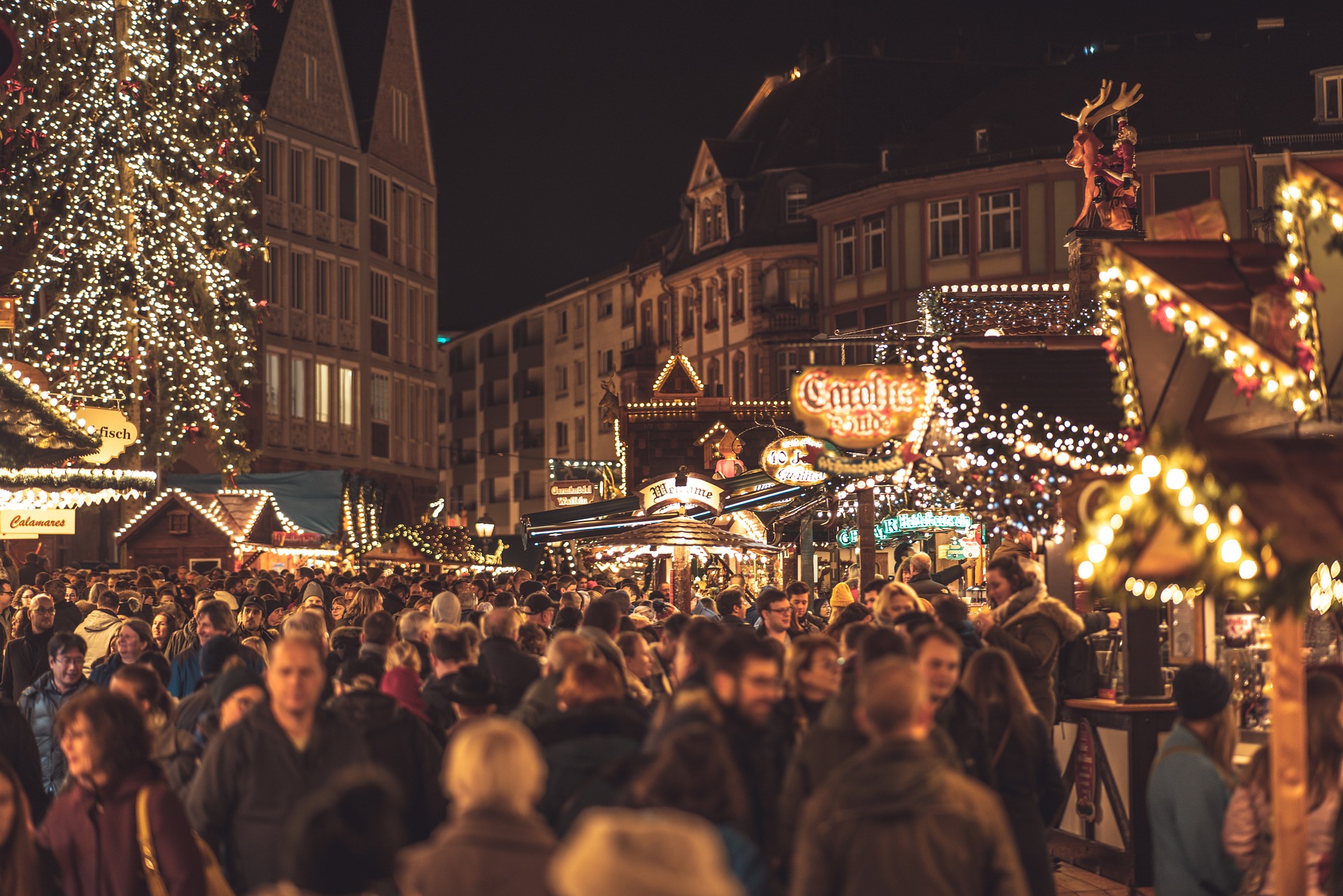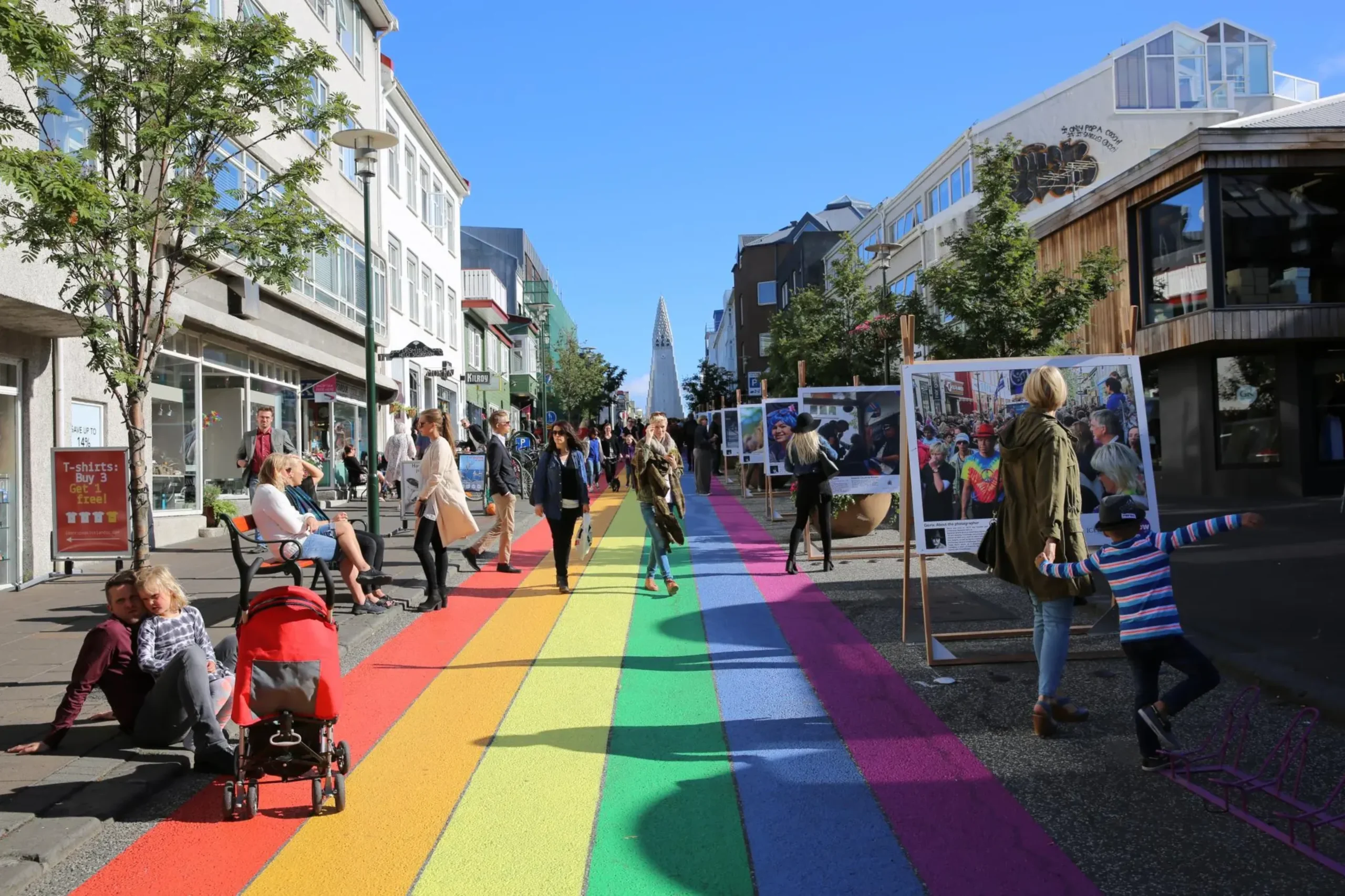Christmas is a time of joy, togetherness, and cherished traditions. From decorating Christmas trees to hanging stockings, these customs bring festive cheer into our lives. But have you ever wondered where these traditions originated? Here’s a look at the fascinating history behind some of the most beloved Christmas traditions.
Author: Sintija Strazdina
Firstly, the Christmas tree, being in every family’s home for this holiday, originates from Germany. By the 16th century when, sources record devout Christians brought decorated trees into their homes. Some built Christmas pyramids of wood and decorated them with evergreens and candles if wood was scarce. It is a widely held belief that Martin Luther, the 16th-century Protestant reformer, first added lighted candles to a tree. According to a common version of the story, walking home one winter evening, Luther was awed by the stars twinkling amidst evergreens. To recapture the scene for his family, he erected a tree in the main room and wired its branches with lighted candles.
Secondly, a big part of that Christmas magic is found at the Christmas markets. They are street markets associated with celebrating our beloved holiday during the four weeks of Advent. They date to the late Middle Ages in Germany but are now found in most countries, especially central Europe. These markets offer food, drinks, and seasonal items for sale from open-air stalls, accompanied by traditional singing and dancing. The first traces of Christmas markets in the German-speaking part of Europe and many parts of the former Holy Roman Empire go back to late medieval sales fairs and—often one-day—markets, which allowed citizens to stock up on meat and winter necessities at the beginning of the cold season. In 1296, Duke Albert I of Austria granted the Viennese traders the privilege of holding a “December market” to supply the local population, making it an annual thing.
We all put stockings up onto our fireplaces, waiting for them to be filled in the morning, but why the fireplace? Stockings are used to refer to longer socks worn by men, women, and children. Since sheer stockings did not come into fashion until 1920 and nylon was not invented until 1940, they also were primarily made of wool and later cotton. As a result, they were thicker and absorbed more water when they got wet in the rain or snow. Those colder conditions also meant stockings could not be hung outside to dry, so stockings hanging above the fire were a nightly occasion so they could be used the next day. Today, we know it is a fire hazard to hang stockings near a burning fire, but back then, there were no clothing dryers or central heating. The fireplace was not just the main heat source; it was the only heat source.
Stockings fell out of fashion, but the holiday tradition stuck. Rather than hanging their socks by the fire, children began having dedicated Christmas stockings in the 1800s. These became bigger and became the grand decorative stockings that many hang today.
Lastly, the reason why we all love Christmas is gift-giving. Gift-giving on Christmas centuries ago meant exchanges between social classes. When the poorer people would go and sing carols from house to house, it originated from pagan rituals held in winter, and those rituals were then made into Christmas by Christianity. The justification for bearing gifts was redirected to the Three Wise Men, the Magi, who gave gifts to the infant Jesus as written in the Bible.
In conclusion, all these worldwide traditions, we can see that most of them were created for religious reasons and held in Germany, without the purpose of becoming cherished in the future by many generations, taking these ideas and turning them into fun activities to do with your family and loved ones.
Cover image by: Chris Spencer-Payne from Pixabay
Edited by: Ieva Stalauskaite, Johanna Larsson Krausová



